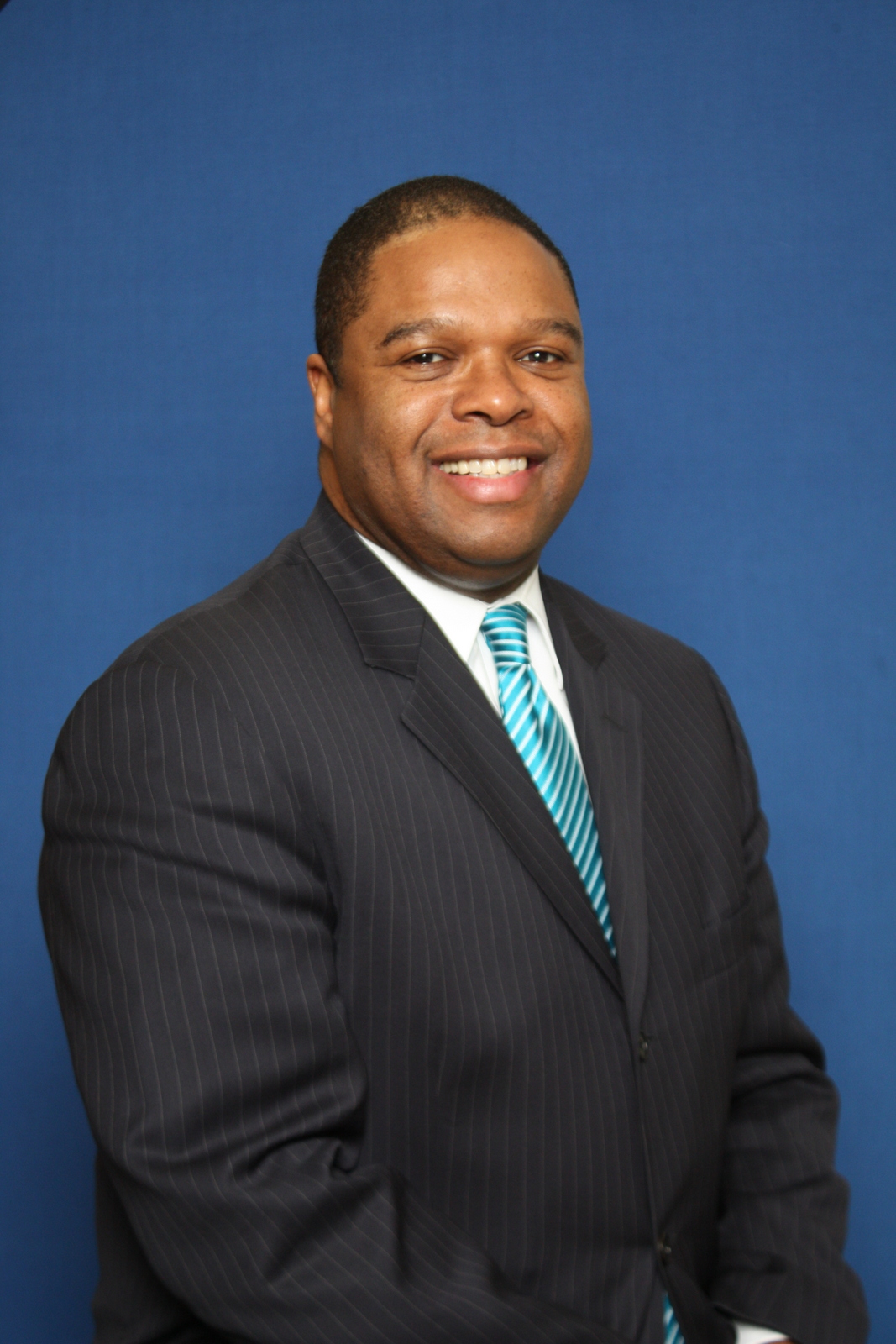Ron Chandler

Name: Ron Chandler
Title: Chief Information Officer
District: Los Angeles Unified School District, CA
What are your big-picture tech goals?
Over the next couple of years, our big goal is to go 1:1, meaning every student in every school has access to an electronic tablet device. Although a 1:1 instructional environment could take different forms on the ground level (i.e., schools lending tablets and other devices for designated periods, a BYOD model, or some hybrid thereof), our top priority is to provide the infrastructure necessary to support a virtually unlimited number of users having access to high bandwidth all hours of the day. To put the scope of this task into perspective, we are talking about 640,000 K-12 students at over 900 schools. And we’re not talking about only when students are in the classroom; we want to foster a 24/7 learning environment that’s accessible to all students, including our thousands of homeless students. The ultimate goal is to provide the same 21st-learning opportunity to every single student.
What changes are you taking to achieve these goals?
At the end of May, we presented a three-year IT strategic execution plan to our Superintendent and Board of Education. The plan laid out a comprehensive roadmap for creating a virtual learning complex (VLC) where the type of 21st-century teaching and learning models we’re talking about can be supported. We recognize that we’re educating students in a world where learning isn’t confined to the space inside the four walls of our classrooms. Learning happens in a virtual space as well, as students continue to plug-in to various learning opportunities throughout the day and everywhere they go. As such, there are multiple dimensions to the VLC infrastructure (network, data center, applications, etc.), each of which needs to be industrial strength, robust, modern, and adaptable. The plan is backed by bond funding and already approved as part of major capital investment plans.
Tools and ideas to transform education. Sign up below.
The Common Core State Standards is the main driver for this, with the VLC serving as the vehicle necessary for the district to achieve such instructional goals as online adaptive assessments, hybrid flexible learning models, and teaching students how to maximize learning opportunities through technology. One of our core beliefs is that while technology can never be a replacement for a real live human teacher, it can enhance what an effective teacher can do to an incredible degree. Recognizing this, we are moving forward rapidly to develop the infrastructure to support a full 1:1 student-to-device learning environment and are leaning on our partners to help us get there.
What are the biggest challenges in your day-to-day life and how do you manage them?
We are addressing challenging questions such as: How do we change the culture and move to a fully inclusive and fully tech-embedded environment that ensures our teachers have everything they need to use it effectively? How do we get out of the way and not get caught up in all the “noise” around this and make sure everything we [in the technology department] do is directly linked to increased student achievement? How do we get to a place where we appropriately fund teaching and learning that leverages technology appropriately? It’s not about investing in technology but rather investing in instructional models that leverage technology to maximize learning opportunities. We must get people to understand that and make sure it’s inclusive for everyone.
Scale is also an important challenge. As a gigantic institution, how do we get things to work on such a massive scale? If we were a much smaller district it might not be as controversial or logistically, politically, or philosophically difficult. I maintain that our students shouldn’t be penalized or denied access to these amazing resources because they happen to attend the second-largest district in the country. If anything, they deserve it more, because there is less to go around. Because of our size and scale, implementing 1:1 computing is enormously expensive, but we need to remember that the return on our investment is larger and longer lasting.
How do you get buy in on ed tech from the school community?
We involve all key stakeholders and bring in the community to the table during the design and planning process. Our community is vocal about this. They want to be involved and they want choices, and the landscape of public education is becoming increasingly competitive. The bottom line for a technology department is that we want our public to have choices for their students, but we don’t want anyone to have to make a choice to pull their students out and go elsewhere because the technology is not where it needs to be. Whatever choice they make, the technology environment needs to be the best possible so that their students are afforded the opportunities we’re describing here—no matter where they go.
What currently has you really excited?
I am thrilled about the leading of this that we have from our incredibly thoughtful and progressive superintendent of schools. I am also grateful to our Board of Education for recognizing the enormous challenges we face and working hard to understand and support our efforts to transform the learning environment. I’m happy with the acknowledgement that this needs to happen. It is happening. I’m excited that the tidal wave is coming and we won’t be able to stop it. We are getting our surfboards ready and are learning how to surf well. If we don’t, we’ll drown.
